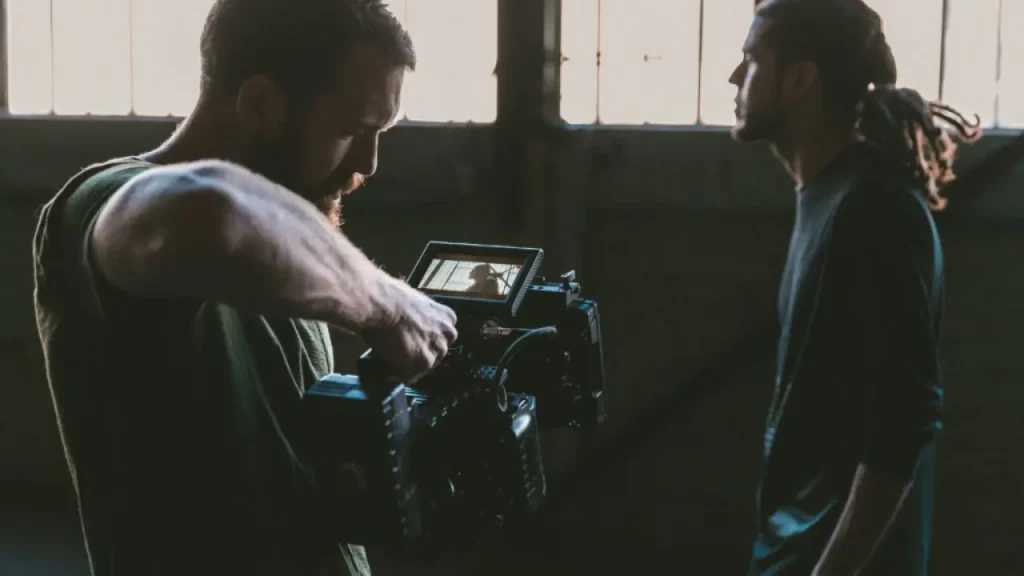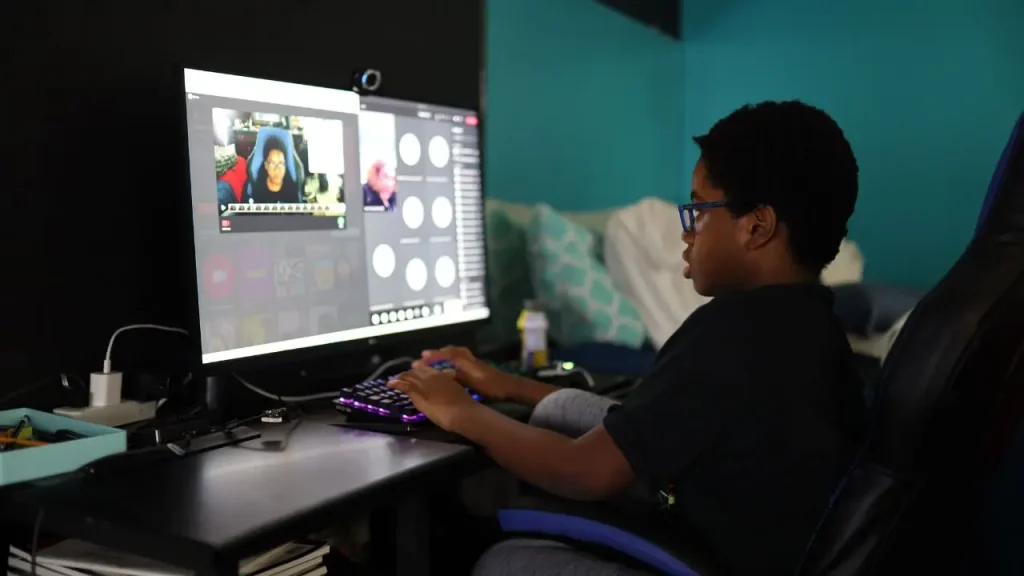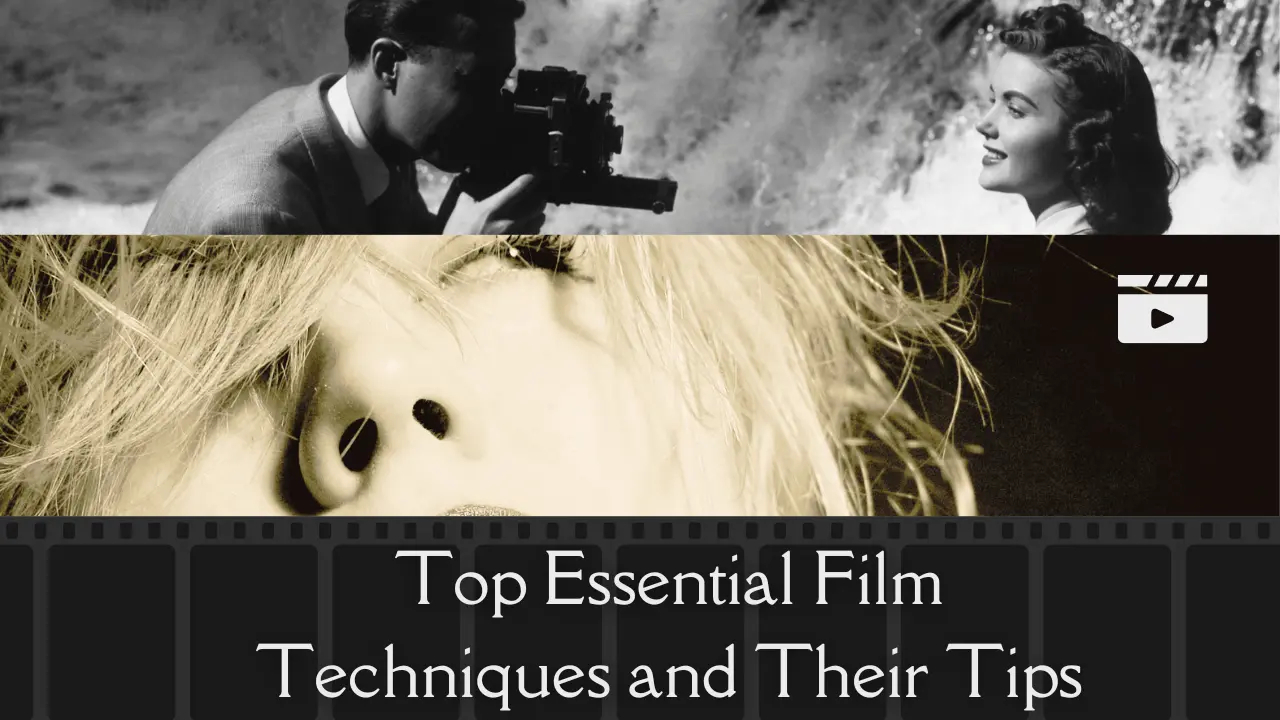Are you considering filming videos? If you want to know how to make your films look more polished and cool, this article will be very helpful. These film techniques will definitely help you while shooting your own video.
We provided a list of a few popular cinematic techniques, along with descriptions of each genre. Learn how to correctly combine them to produce a unique movie or film. You may guide the viewer’s attention and convey the idea of your video by using the appropriate strategies.
Various Film Techniques:
For those who are interested in learning more about the filmmaking process, the following fundamental approaches will be helpful. Keeping in mind that creating a movie requires both the content and the technique. To understand visual narrative and techniques for drawing viewers into a movie.
Using this film technique, a large region of land is seen from a very high perspective. The items are photographed from the top directly. This photo is frequently used as an opening one to create the scene and emphasise how little the subjects are.
A lengthy shot:
The viewer can gain a more detailed understanding about the film techniques setting of the action with the aid of these cinematic techniques. In a lengthy view, the complete human body from head to toe is visible. Subjects are closer to the camera in this perspective compared to the lengthy shot.
Those watching are drawn in by the characters. The audience is not, however, emotionally engaged. These film techniques serve to set the scene’s surroundings. Instead of focusing on the characters’ actual feelings, it should highlight their actions and movements.
Limited shot:
One of the most common movie shots is this one. It’s frequently used to create a new scenario or setting. A limited shot depicts the characters exchanging information and records conversations between two or more persons.
In documentary movies, interviews frequently use the limited shot. Inspection views of the characters are achievable, either from the knees or from the waist up. Their body language and facial responses are apparent. This film techniques is commonly used by everyone.

Close-up Picture:
This film techniques style where only the character’s head is visible. By coming the characters to life, the close-up shot attempts at expressing the performers’ emotions and provoke a reaction of sympathy from the viewer. Their body language and facial responses are apparent.
This picture can be used as a simple film making technique to highlight important details. It might depict an actress stroking a finger’s ring. Close-ups let the audience better understand the characters’ emotional states. In this case, the environment becomes less significant.
Very close Picture:
When a character’s face is partially framed, such as the actor’s eyes, the shot is called a character shot. With a result, the scene becomes more dramatic and intense. The actor’s emotions hold the audience’s attention. Even with items, a very close picture is effective. These film techniques might depict a hand severing a cable to stop a bomb explosion.
Elevating shot:
These types of film techniques occur when the camera moves up or down inside the scene by more than a few feet. The movie makers mount the cameras using equipment like cranes or jibs. Despite the fact that surveillance drones may be employed in their place, the issue is that they are quite expensive. The purpose of elevating shots, which are typically used at the conclusion of films, is to heighten the suspense of the action.
Tracking Picture:
This kind of film techniques allows you to follow a character around or take in the scenery. A dolly, which is a wheeled vehicle positioned on the rail track, is attached to the camera. Because it would otherwise leave the frame, the dolly is moving with the subject.
Watching such scenarios gives the viewer a lively visual experience. In cases where the subject is moving very quickly, the camera may also be mounted on a moving vehicle.
Panoramic shot:
The panoramic shot film techniques is the process of rotating the camera horizontally from a given location. When the camera moves fluidly and precisely, it appears highly professional. The camera pans from left to right, mimicking the character’s head movement. Use this shot to your advantage to show the surroundings.
Shot from the shoulder:
From above one of the characters’ shoulders, this photograph reveals the other character to the viewer. When another person is in focus, the foreground individual’s head and shoulder are out of focus.
One of the most crucial film techniques is the shot from the shoulder shot because it displays the relationship between the characters and allows the audience to see their interaction. Usually, these pictures are taken during a chat between the protagonists.
Edit your video now:

After the shooting with these film techniques, it’s time to edit your video. There are numerous video editor applications by which you can simply edit your video. The video should be cropped, any undesirable portions removed, filters, transitions, titles, and effects added, and pre-made intros and outros added. You can input music and give the video your own voiceover.
Furthermore, there is a stabilisation feature that will make your video camera shake-free. To alter the background of the video, press the chroma key.
Cinematography, sound, mise-en-scene, and editing are the five elements of film that make up a film. These five elements of film will influence the movie and how a movie is evaluated.
Conclusion:
You should begin to approach film techniques after learning these fundamental concepts. Use different types of shots to build the mood for your scene by treating your camera like another character in the setting, practising good subject framing, experimenting with different camera angles, and more. Your movies will take on a whole new dimension once you learn the language of visual storytelling.



